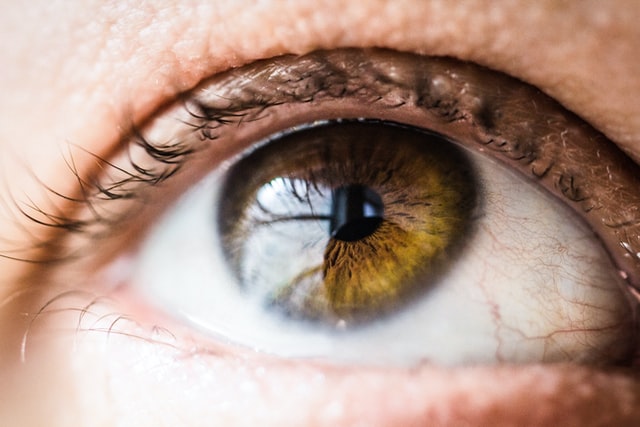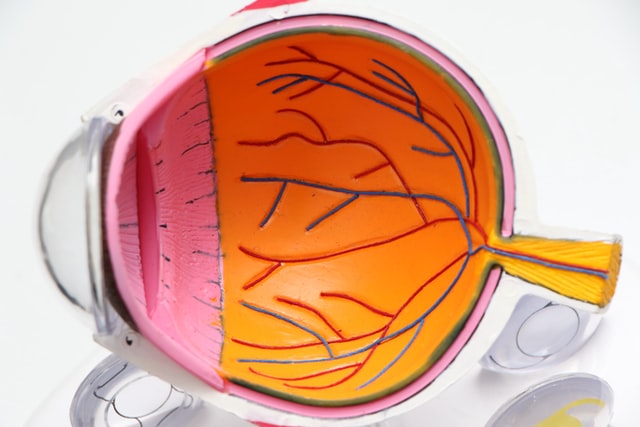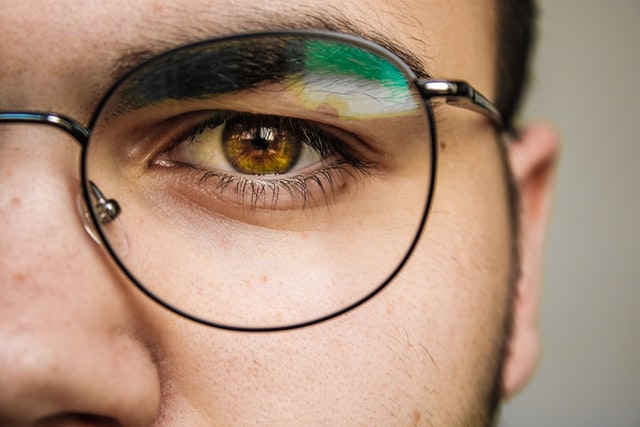In the beginning there were glasses. Until then, if your eyesight was failing, it was best to squint. But now you can undergo a Lasik and get your eyesight corrected easily.
How much would that actually cost? With the Singapore National Eye Center, we’re delving into the opportunities you have in private clinics, as well as the public health route.
What is Lasik?
Lasik is the abbreviation for Laser-Assisted In Situ Keratomileusis. It’s a sip so we appreciate the acronym. Lasik is a type of eye surgery that uses a laser to reshape the cornea to improve nearsightedness (myopia), farsightedness (hyperopia), and astigmatism.
The cornea is the transparent front part of the eye that lets light into the eyeball and retina so you can see. Think of it like the lens of the camera. When your cornea is out of shape, the image on the retina will be blurred.
Lasik helps correct the misshapen cornea by using a laser to cut the surface of the cornea and create a thin flap. Another laser (an excimer laser) is then used to shape the midsection of the cornea. Once the cornea has been reshaped, the flap is reinserted to cover the cornea. It then naturally adheres to the cornea and forms your eye’s own bandage.
It is an operation that takes 10 to 15 minutes a day and only requires topical anesthetic drops. Improvements are usually instantaneous, and within a day or two (a week or less) you can get back to life as usual (although you will need to stay out of the water and engage in sport for a month).
There is a premium Lasik treatment called iLASIK. A 3D map of the eye is created using wavefront technology. This allows for a more complex representation of your visual needs. Then a bladeless laser technique, which promises more precision and safety, is used to create the flap in the cornea. Of course, higher accuracy also requires higher costs.
In addition to Lasik, there are other types of laser eye surgery:
Advanced surface ablation (Epi-Lasik, LASEK, PRK, TransPRK)
ASA is a flap-free, incision-free, surface-free procedure that removes a thin layer of cells from the surface of the cornea so that the laser can shape the cornea. A protective contact lens is then placed over the eye until the cells grow back in a few days.
This is the best option for people with thin corneas, but it requires a longer treatment and recovery time (three to five days).
ReLEx SMILE (refractive lens extraction, small incision lens extraction)
As with ASA, it is a no-flap procedure, but the recovery time is faster. A laser creates a disc-shaped piece of corneal tissue (lens) just below the surface of the cornea. The same laser then makes a small incision on the cornea to remove the lens. It is the removal of the lens that changes the way light enters the eye and clears the view.
ALSO READ: Best Eye Creams To Rejuvenate Tired Eyes When Working From Home
This method does not work for farsightedness and is not as effective for high astigmatism or low myopia.
As a result, Lasik remains the most common and popular form of laser eye surgery in Singapore and around the world. Some estimates put 28 to 40 million people worldwide who have had Lasik.
Collagen crosslinking (CXL)
You may be offered CXL in addition to your laser eye surgery. This additional procedure is aimed at reducing both the risk of your degree returning and the risk of your cornea losing its shape, known as corneal ectasia (although this is rare).
CXL is performed during your laser surgery. Vitamin B12 drops are applied to the eye before UV light falls on them for a minute. This activates the collagen fibers on your eye to network and strengthen your cornea after Lasik.
Cost comparison of the procedures
| Procedure | costs |
| Lasik | $ 2,980 to $ 4,500 |
| iLASIK | Add 30 to 50 percent more to your Lasik bill |
| SO | $ 3,599 to $ 4,000 |
| ReLEx SMILE | $ 4,805 to $ 6,000 |
| Medication after the procedure (if not included in the package) | $ 50 to $ 100 |
| CXL (add-on) | $ 1,199 to $ 3,000 |
Are There Any Side Effects With Lasik?

The short answer is yes. The long answer is yes, but they are minimal, tolerable, and often temporary.
Dry eyes: This is caused by the formation of the corneal flap and the action of the laser on the cornea, which cuts the corneal nerves that are responsible for normal tear production. It should resolve on its own in a few months.
Night vision problems: Seeing halos, glare, and starbursts at night is especially common in people with high myopia or high astigmatism. This will gradually go away within nine months to a year.
Discomfort and itching: The discomfort is part of the healing process and will go away a few hours after the procedure. Closing your eyes or sleeping should ease the feeling. The itching should go away in a few days. The use of preservative-free artificial teardrop eye drops will help.
Risks Associated with Lasik
Thinning cornea: This is rare (only 0.04 to 0.06 percent worldwide), but it does happen. The cornea becomes irregular and unstable in a condition known as post-Lasik ectasia.

Problems with cataract surgery in the future: During cataract surgery, the lens in your eye is replaced with an artificial one to help clear your vision. Since Lasik is constantly changing your cornea, lens calculations become more difficult because a normal cornea is required for a correct reading. You may need to wear glasses after your cataract surgery, which you shouldn’t have otherwise.
Inaccurate eye pressure values: Glaucoma is a condition in which the pressure on the eyeball is increased. This leads to damage to the optic nerve that can lead to impaired vision or even blindness. Lasik makes reading your eye pressure more challenging, resulting in a lower reading.
Regression: Your old degree could return, especially if your myopia is very high. However, chances are that the improvements will be permanent and require only minor adjustments as the shape of your cornea Lasik can continue to change.
Who Can (Or Can’t) Benefit from Lasik?
As with any procedure, there are ideal candidates and fewer than ideal ones for Lasik.
You can go for Lasik if:
- You are at least 18 years old (some say 21 years old)
- Your degrees have stabilized for at least a year
- You are in good health
If you are younger, your eyesight may not have stabilized. If you are in your forties, you may need reading glasses as you get older with Lasik.

Lasik is not advisable if you:
- Have very high refractive errors, for example myopia greater than 1000 degrees, hyperopia greater than 400 degrees, and astigmatism greater than 400 degrees. The results tend to be less predictable and satisfactory for patients with these disorders.
- Suffering from severe dry eye syndrome
- Have corneas thin in proportion to the degree of improvement desired
- Have irregularly shaped or steep corneas
- Have existing eye injuries or diseases such as cataract, glaucoma, diabetic eyes, or retinal problems
- Hoping to correct presbyopia (farsightedness due to age)
- Are pregnant or breastfeeding
Hormonal changes during pregnancy or breastfeeding can lead to changes in vision. You may have to wait six months after pregnancy and breastfeeding before having Lasik.
Where can I have Lasik procedures performed? Private versus public clinics
As with all medical procedures, you have a choice between public institutions and private clinics for your Lasik procedure. Public institutions are generally, though not always, the cheaper options.
Public facilities
There are some of these that you can visit for Lasik:
- National Eye Center of Singapore (SNEC)
- National University Hospital
- Tan Tock Seng Hospital
| Lasik clinic | price |
| Tan Tock Seng Hospital (TTSH) | $ 2,000 to $ 3,590 (depending on whether Lasik is bladeless and senior consultant) + approximately $ 160 (advice) |
| National University Hospital (NUH) | $ 1,766 to $ 2,354 (Lasik without blade; depending on seniority of the advisor) + $ 102 (advice) |
| National Eye Center of Singapore (SNEC) | $ 2,364 to $ 3,531 (depending on whether or not Lasik is bladeless & seniority of the advisor) + $ 109 to $ 123 (advice) |
Our research shows that SNEC is the most frequently chosen route for public clinics.

Private clinics / hospitals
Here are some examples of private clinics and their Lasik prices (for both eyes).
| Lasik clinic | price |
| Atlas Eye Specialist Center | $ 2,959 to $ 3,659 |
| Asia Pacific Eye Center | From $ 2,980 |
| LSE Eye Clinic | $ 3,198 to $ 4,375 |
| Eagle Eye Center | $ 3,250 to $ 3,450 |
| Lee Hung Ming Eye Center | Starting at $ 3,724.67 |
| Clearvision Eye Clinic | $ 3,888 |
Be aware that there will be additional costs for your consultation before going through the actual procedure. This typically ranges from $ 100 to $ 135, depending on the seniority of your advisor.
Can I pay for Lasik with Medisave or insurance?
With a bill that can run into the thousands, funding your vision (couldn’t resist the pun) for better eyesight is a real concern. Here you will find answers to questions you may have about paying for your Lasik treatment.
Can I use my Medisave?
Usually not. Medisave is used for medical and surgical procedures. While Lasik is surgical, it’s not always a medical procedure, but rather a cosmetic one.
But you can use Medisave Costs to be borne if:
- There is a difference of 300 degrees or more (3 diopters) between your two eyes
- Lasik is performed to correct mistakes from previous procedures such as cataract surgery
- Your doctor confirms that you cannot tolerate contact lenses or glasses.
Does my insurance cover Lasik?
No. Most insurance policies do not cover Lasik as it is elective plastic surgery. In other words, you don’t really need it for them, you just want it to look better. Additionally, most in Singapore have already worn young glasses, so your myopia is considered a pre-existing condition.
This article was first published in MoneySmart.

